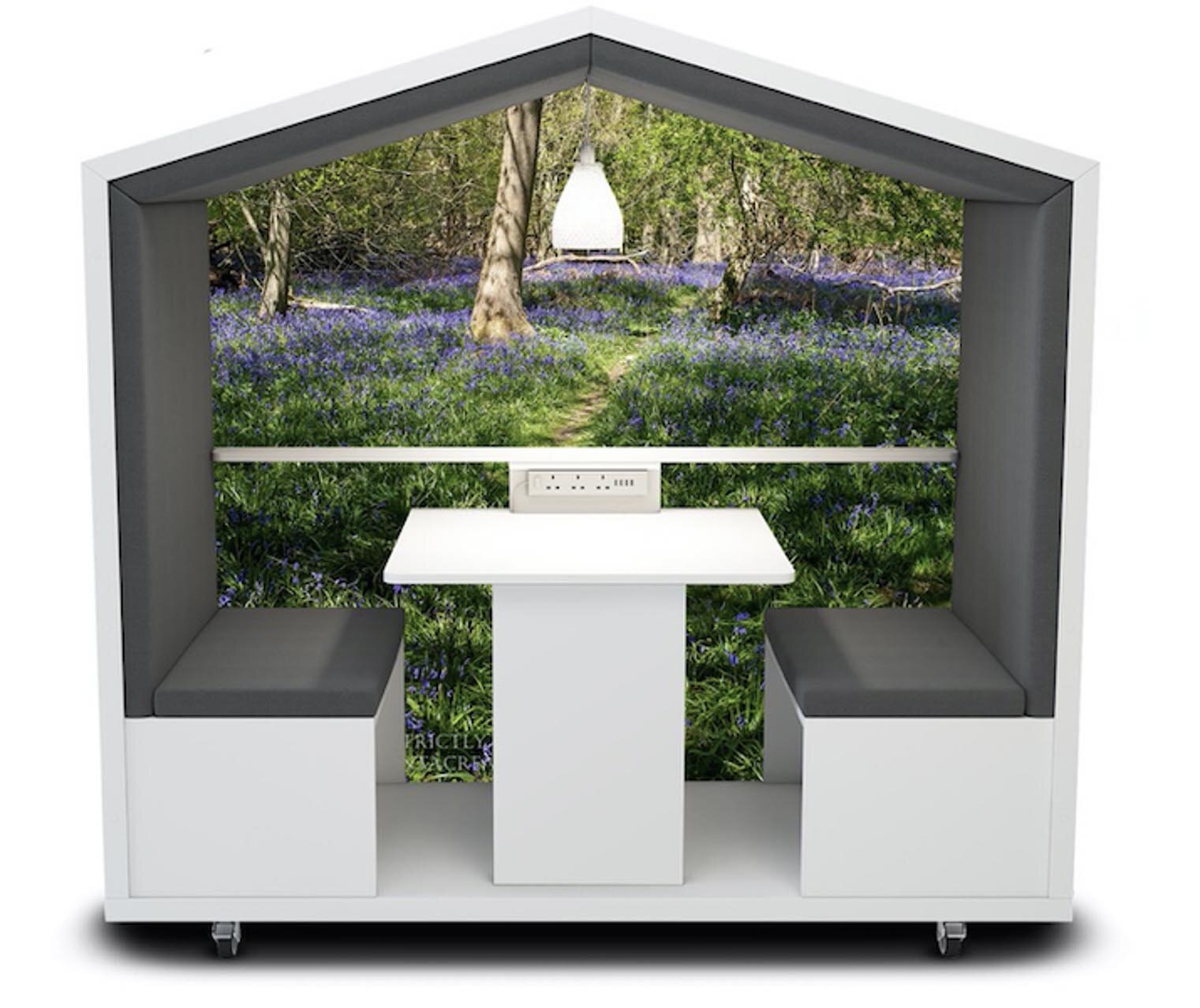David Kirkland is an architect, designer and co-founder of Kirkland Fraser Moor. He is also a photographer and co-founder of d-lab, a creative design lab which pushes boundaries and is inspiring a new generation of architects and designers. We discuss biomimicry, primitive design, architectural education, the Eden Project, Para Homes and much more. This is also a call for a “flourishing”, over and above just “sustainability”.
Our built environment creates about 40% of our carbon emissions, and architects are at the forefront of helping solve this. His belief is that architects have a huge opportunity here, with head in the clouds but feet firmly on the ground, to think laterally to minimise this. For him, it is all about Life, with a capital L.
This is also a call for more beauty, and awe in our world. A respect for our planet.




















